Brackish tendrils of paradox envelope the mere prospect of erecting a structure designed to offer refuge from the sun—shade. Such a simple act, it seems, as creating shelter, should be as straightforward as positioning oneself under a particularly capacious tree. But in a world of red tape and regulation, even the shadows we cast must, it appears, pay their due to the sun’s determinant march.
Do I need a permit for a shade structure? This is a common question, and it’s important to understand the answer.
The Unseen Necessity
To many homeowners, the idea of securing a permit for what might be construed as a temporary, low-impact addition to their property can appear superfluous. However, the necessity of such due diligence cannot be overstated. This not only indicates a respect for local building codes and regulations, but it serves as tangible evidence of a community-minded construction ethos that values safety and cohesion.
Local authorities implement these measures to ensure that settings remain compliant with zoning laws, and that structures—shade or otherwise—don’t inadvertently become a hazard or an eyesore.
Building Benevolence
As structures are imagined, designed, and constructed, the end goal is not just to address a homeowner’s individual need, but to contribute positively to the neighborhood and environment. When one considers the broader implications of ad-hoc construction—impact on neighbors, ecosystem, and even property value—it becomes apparent that the more we acknowledge the need for and importance of permits, the better off we all may be.
Evolving with Locale
Is a permit needed for a shade structure? Perhaps the most resolute argument for an informed approach to shade structure permits is the acknowledgment that no two locales are the same. Each county, city, and town not only has its own set of building codes, but these codes are continuously evolving—often in response to lessons learned from past oversights. Homeowners cannot assume that their neighbor’s permit for a shade structure—or absence thereof—applies universally. Local regulations can provide a clear roadmap for what is permitted and how it should be done.
Conclusion
Permits for Retractable Shade Structures may seem like a trivial matter, a perplexing additional step in the grand quest for a cool spot on a sunny day. However, this approach to home improvements is rooted in more than adherence to bureaucratic policy. It is an assertion that our homes are not isolated islands of regulation exemption, but rather nodes in a network of consciously crafted spaces. By recognizing the importance of these often-misunderstood approvals, homeowners take a pivotal step toward safeguarding their investment, their community, and over time, perhaps, even the environment. Just check the laws in your area – it might be that you can install a shade structure with no permit, and nothing will stop you then!


